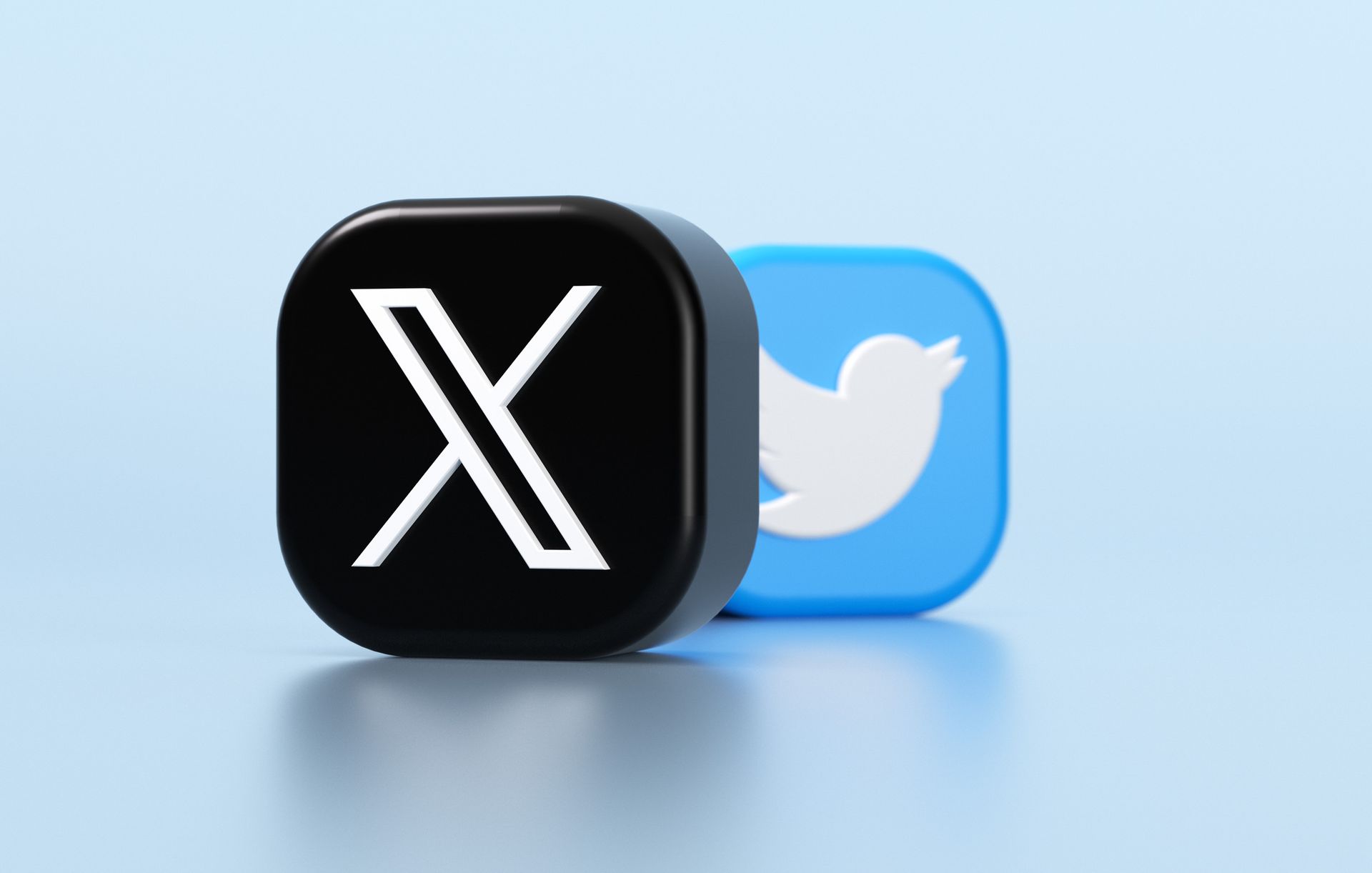Repurposing Content: How to Turn One Idea into 10 Pieces of Content
Creating high-quality content involves time, effort, and resources, but what if one idea could yield multiple assets? That’s where repurposing content comes into play. By creatively reimagining your content, you can extract maximum value from your original work while reaching broader audiences through various formats and platforms.
This post will walk you through the benefits of repurposing content and offer a step-by-step guide on how to transform one idea into ten impactful pieces of content.
Why Repurpose Content?
Before diving into the "how," let's take a quick look at the "why." Repurposing content allows you to:
- Maximize ROI on the time and resources spent creating your original piece.
- Reach new audiences who prefer consuming content in different formats or on different platforms.
- Reinforce your message by delivering consistent content across multiple channels.
- Boost SEO performance as repurposed pieces can target additional keywords and bring in more traffic.
By breathing new life into existing ideas, you create a sustainable and scalable content marketing strategy.
Step-by-Step Guide to Repurposing Content
1. Start with Evergreen Content
Evergreen content, like “how-to” guides, industry insights, or in-depth thought leadership pieces, holds long-term relevance. Choose a high-performing blog or a well-received presentation as your base material.
For example, a blog post covering "The Basics of Digital Marketing" is a perfect candidate for content repurposing because its value doesn’t diminish over time.
2. Create a Video for Social Media
Transform your original piece into a short, engaging video. Highlight key points or stats and deliver visually engaging bites, whether you're sharing on Instagram Reels, TikTok, or LinkedIn.
Example: Turn your “Basics of Digital Marketing” blog into a 60-second video summarizing actionable steps, paired with animations and graphics for visual appeal.
3. Design an Eye-Catching Infographic
Infographics are ideal for summarizing detailed content into a visually digestible format. Break down the concepts from your original piece, visualize
stats, or lay out processes step by step.
Pro Tip: Use tools like Canva or Piktochart to create professional, shareable infographics for platforms like Pinterest or LinkedIn.
4. Write a Series of Social Media Posts
Break your content into bite-sized nuggets to share on social media. Each post can highlight a specific tip, stat, or insight.
Example Schedule:
- Monday Post: “Tip #1 to master digital marketing 💻 Know your audience!”
- Wednesday Post: Share an engaging stat from your blog.
- Friday Post: Pose a question to spark engagement, e.g., “What do you think is the hardest part of digital marketing?”
5. Record a Podcast Episode
Expand your original content into a conversational podcast episode. Invite a guest to discuss the topic more deeply, or solo-host and share your expertise.
Idea: Adapt “The Basics of Digital Marketing” into a podcast episode with tips for beginners or a Q&A format that addresses common challenges.
6. Host a Webinar or Live Event
Repurpose your ideas into a live webinar or virtual workshop where participants can engage with you directly. Walk your audience through actionable steps and allow time for interactive Q&A.
Use tools like Zoom or YouTube Live, and make sure to record the session for future use.
7. Reuse Quotes for Newsletter Content
Extract impactful lines, stats, and takeaways from your original content and share them in your email newsletters. Adding value to your emails keeps your subscribers engaged and informed.
Example:
“Did you know? 68% of marketers plan to increase content marketing budgets next year. Learn why in this week’s blog post!”
8. Publish a LinkedIn Article
If your audience includes B2B professionals, repurpose content into a targeted LinkedIn article. Include industry-specific insights or tailored recommendations that appeal to LinkedIn users.
9. Develop a Slide Deck
Turn your original content into a presentation deck for sharing on SlideShare, presenting at events, or collaborating with your team. Make it visually appealing with graphics and concise text.
10. Compile an Ebook or Guide
Once you've produced multiple posts, infographics, and articles, compile them into a comprehensive guide or ebook. This allows you to showcase your expertise while creating value-packed content for your audience.
Example Format:
- Chapter 1 covers "The Basics"
- Chapter 2 dives deeper into implementation tips
- Chapter 3 highlights FAQs and real-world examples
Tools and Platforms to Help Repurpose Content
Here are some tools to make repurposing easier:
- Design Tools: Canva, Adobe Spark, Piktochart
- Video Editors: iMovie, Final Cut Pro, Adobe Premiere Rush
- Podcast Platforms: Spotify for Podcasters, Anchor
- Webinar Tools: Zoom, StreamYard
- Social Media Schedulers: Hootsuite, Buffer
Equipping yourself with the right tools will take your repurposed content to the next level.
Final Thoughts
Enhancing your digital footprint with local SEO for general contractors isn't just a clever strategy. It's a fundamental approach to broadcast your expertise across platforms and connect with various customer segments. By optimizing one successful marketing strategy into numerous SEO-optimized pieces, you enhance your brand visibility, improve your return on investment, and conserve valuable resources.
Want tailored advice on content marketing strategies? Contact Trust Tide Digital Agency today for your
Free Marketing Audit! We specialize in helping businesses amplify their digital presence with impactful strategies.









